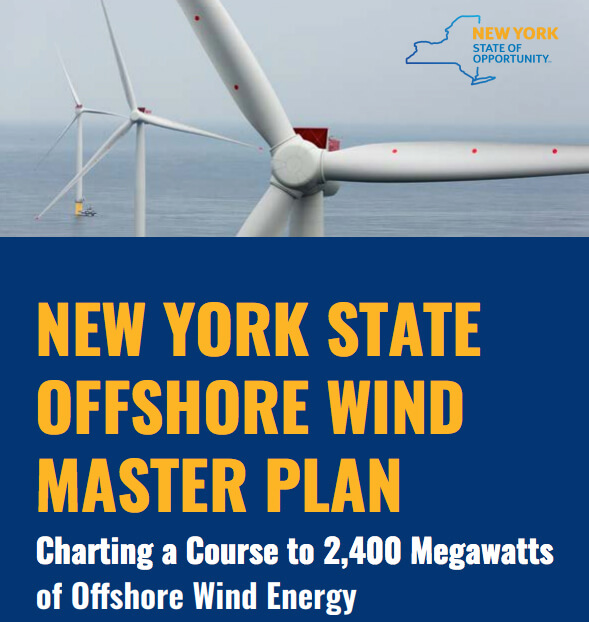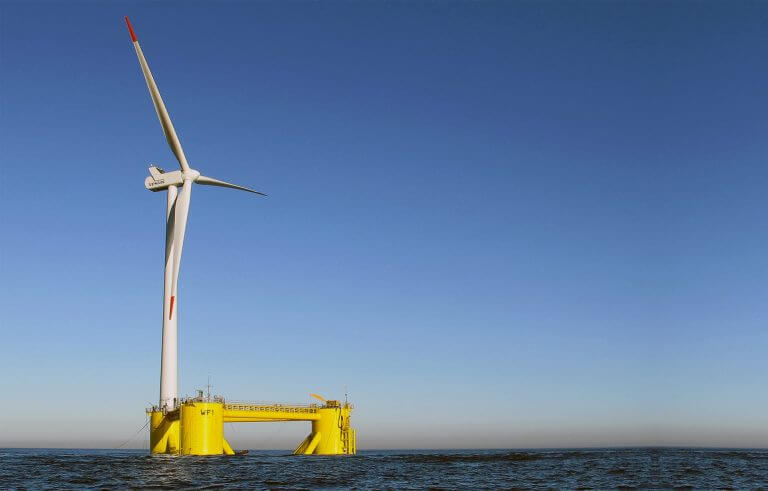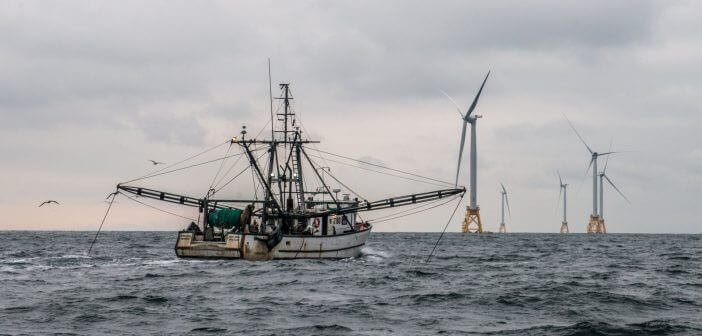Although offshore wind power is still in the early stages of development in the United States, policymakers and developers are working diligently to push the industry forward. The U.S. Department of Energy predicts about 22,000 MW of offshore wind is possible by 2020. Here are some initiatives aimed at reaching that goal, successfully.

The New York State Offshore Wind Master Plan is a comprehensive roadmap to guide the state in the development 2,400 MW of offshore wind by 2030.
Learning from overseas
The New York Power Authority (NYPA) is leading a study that aims to learn from European best practices in connecting offshore wind-generated power to transmission networks and the power grid. Research will focus on successful, large-scale projects in Europe to determine the optimal infrastructure required to support cost-effective delivery of future offshore wind energy to U.S. consumers.
The findings will ultimately guide New York wind development, moving the state forward in reaching its goal of 2,400 MW of offshore wind in waters off the Atlantic Coast by 2030.
“This study coupled with the 20-plus studies already conducted as part of the New York State Offshore Wind Master Plan will further advance New York’s offshore wind projects in the most informed and inclusive manner possible,” explained Alicia Barton, President and CEO of the New York State Energy Research and Development Authority (NYSERDA).
In July, the Public Service Commission (PSC) authorized NYSERDA, in consultation with NYPA, to issue Phase 1 solicitations in 2018 and 2019 for about 800 MW of offshore wind. The PSC also required NYSERDA to take immediate steps to study transmission solutions for Phase 2 planning processes.
“By taking the valuable lessons learned from the European development of offshore wind, we are ensuring the state maintains its position at the forefront of the emerging U.S. offshore wind industry and that we keep taking significant strides towards meeting Governor Cuomo’s nation-leading clean energy goals,” added Barton.
Planning floating offshore wind in California
The Redwood Coast Energy Authority (RCEA), with support from a consortium of private companies, has submitted a lease application to the Bureau of Ocean Energy Management (BOEM) to advance the development of an offshore wind energy project off the coast of Humboldt County, in Northern California.

The proposed Humboldt floating offshore wind project is expected to bring significant economic benefits to California in the form of jobs and increased spending. A longer-term goal of the project is for Humboldt Bay to become a central hub of a U.S. west coast offshore wind industry. (Source: RCEA)
RCEA says the proposed lease area will support the selection of a final project site for the expected 10 to 15-turbine project, which minimizes impacts on marine navigation corridors, major commercial fishing areas, and environmental resources. The 100 to 150-MW floating offshore wind farm is currently planned for more than 20 miles off the coast of Eureka.
Click here to learn more.
Passing the Offshore Wind for Territories Act
The U.S. House Committee on Natural Resources has unanimously passed the Offshore Wind for Territories Act, which amends federal law to authorize offshore wind development in the Exclusive Economic Zone adjacent to all five territories in the United States.
The Act guarantees each territory a state-equivalent share of any federal royalties collected for offshore wind development in federal waters off their coasts, estimated by the Congressional Budget Office at some $20 million. A portion of federal royalties would go to the National Oceanic and Atmospheric Administration’s Coral Reef Conservation Program, providing dedicated federal funding for coral reef conservation and research.
“Offshore wind could replace our reliance on costly foreign petroleum imports with renewable, locally produced electricity while saving residents money on their electricity bills,” said Congresswoman Madeleine Z. Bordallo, a representative of Guam who proposed the bill.
Protecting fishing gear

Deepwater Wind is the first American wind developer to adopt procedures to prevent impacts to fishing gear.
U.S. offshore wind developer, Deepwater Wind, has adopted a first-of-its-kind procedure to prevent impacts to commercial fishing gear from offshore wind energy activities. The procedure was developed with the commercial fishing industry and accounts for feedback from Atlantic coast fishermen.
Deepwater Wind determined that keeping fishermen informed is the key to preventing damage to fishing gear, and has included a process for gear loss and damage claims. The developer is planning utility-scale wind farms to serve Rhode Island, Connecticut, New York, New Jersey, and Maryland.
Read the procedures here.
Filed Under: News, Offshore wind, Policy




